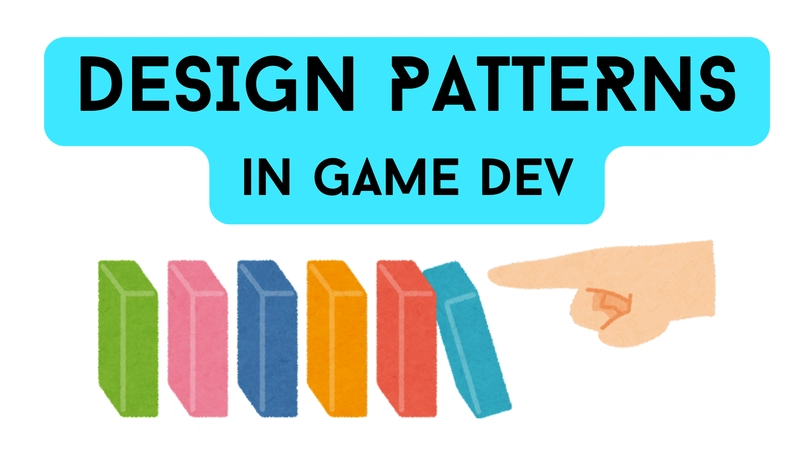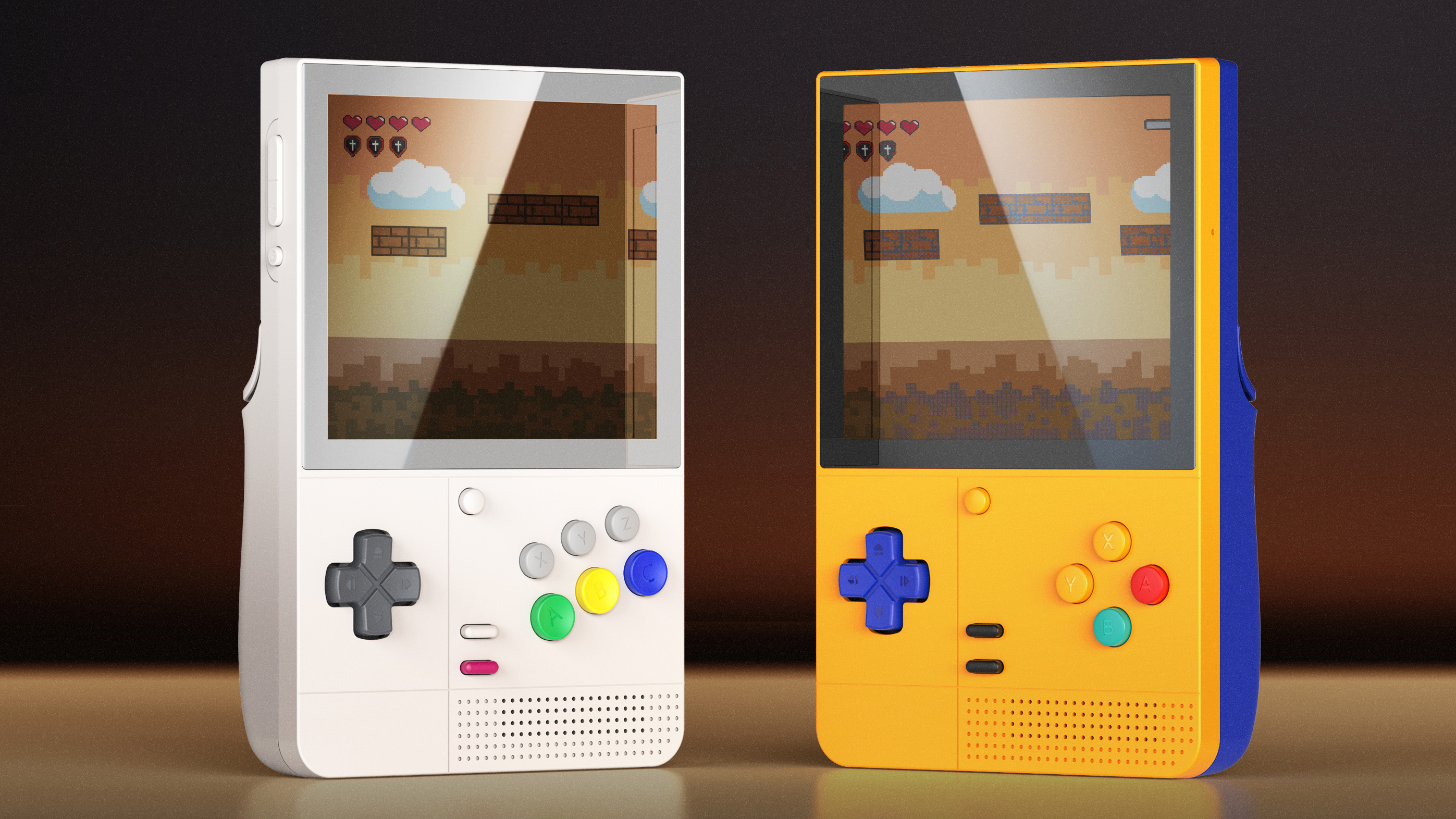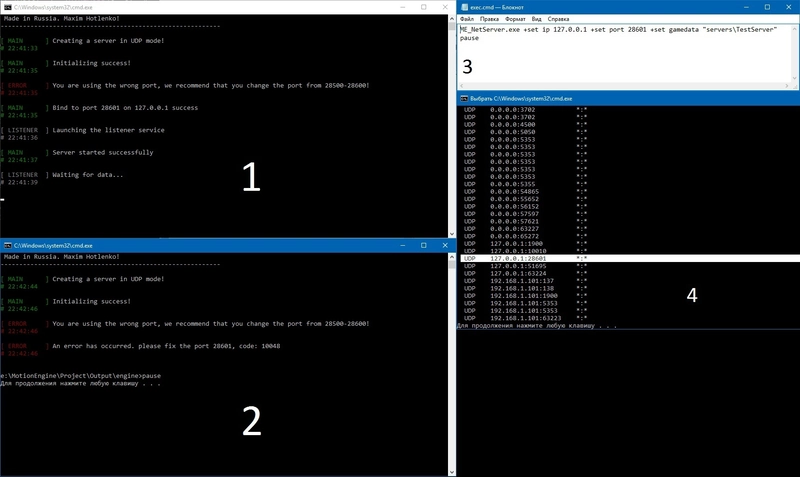Beyond Spaghetti Code: Mastering Game Design Patterns
This post is an excerpt from the book Learning Game Architecture with Unity In the dynamic world of software development, where complexity is inherent and requirements constantly evolve, the importance of employing efficient, scalable, and maintainable solutions cannot be overstated. This is where design patterns step in as invaluable tools for developers seeking to streamline their workflows and enhance the quality of their code. In this chapter, we will delve into the realm of design patterns within the context of Unity. Gang of Four and design patterns The Gang of Four design patterns emerged as a response to the recurring challenges inherent in software design and development. Introduced in the influential book Design Patterns: Elements of Reusable Object-Oriented Software in 1994, authored by Erich Gamma, Richard Helm, Ralph Johnson, and John Vlissides—collectively referred to as the Gang of Four—these patterns represent a comprehensive set of solutions aimed at addressing common issues encountered in software engineering. The patterns are systematically organized into three primary groups: 1. Creational patterns: Creational design patterns deal with object creation mechanisms, aiming to increase flexibility and reuse of existing code. These patterns abstract the instantiation process and provide a way to create objects while hiding the creation logic, making the system more manageable and scalable. For example, in a game, you often need to create different types of enemies based on the level or environment. Instead of manually writing new statements for each enemy type, a Factory Method provides a centralized way to create objects, ensuring that the game remains easy to maintain and extend. 2. Structural patterns: Concerned with object composition and class structure, structural patterns facilitate the creation of flexible and efficient software architectures. Patterns like Fly Weight, Composite, and **Decorator **enable the composition of objects into larger structures while maintaining the system's integrity and adaptability to change. 3. Behavioural patterns: Behavioural patterns govern the interaction and communication between objects, defining how they collaborate to accomplish tasks. Patterns such as Observer, State, and **Command **encapsulate algorithms, behaviours, and communication strategies, promoting loose coupling and extensibility in software designs. In summary, the Gang of Four Design Patterns offer a comprehensive toolkit for software designers and developers, enabling them to create more robust, modular, and maintainable software systems. Through their systematic organization and reusable solutions, these patterns continue to shape modern software development practices, serving as foundational principles for building high-quality software. We will see them in details in upcoming blogs with their implementation. Game design patterns and their usage are explained in the the context of game development with great details in the book: Learning Game Architecture with Unity, which is available @ Amazon, Amazon India, BPB International, BPB India.

This post is an excerpt from the book Learning Game Architecture with Unity
In the dynamic world of software development, where complexity is inherent and requirements constantly evolve, the importance of employing efficient, scalable, and maintainable solutions cannot be overstated. This is where design patterns step in as invaluable tools for developers seeking to streamline their workflows and enhance the quality of their code. In this chapter, we will delve into the realm of design patterns within the context of Unity.
Gang of Four and design patterns
The Gang of Four design patterns emerged as a response to the recurring challenges inherent in software design and development. Introduced in the influential book Design Patterns: Elements of Reusable Object-Oriented Software in 1994, authored by Erich Gamma, Richard Helm, Ralph Johnson, and John Vlissides—collectively referred to as the Gang of Four—these patterns represent a comprehensive set of solutions aimed at addressing common issues encountered in software engineering.
The patterns are systematically organized into three primary groups:
1. Creational patterns: Creational design patterns deal with object creation mechanisms, aiming to increase flexibility and reuse of existing code. These patterns abstract the instantiation process and provide a way to create objects while hiding the creation logic, making the system more manageable and scalable. For example, in a game, you often need to create different types of enemies based on the level or environment. Instead of manually writing new statements for each enemy type, a Factory Method provides a centralized way to create objects, ensuring that the game remains easy to maintain and extend.
2. Structural patterns: Concerned with object composition and class structure, structural patterns facilitate the creation of flexible and efficient software architectures. Patterns like Fly Weight, Composite, and **Decorator **enable the composition of objects into larger structures while maintaining the system's integrity and adaptability to change.
3. Behavioural patterns: Behavioural patterns govern the interaction and communication between objects, defining how they collaborate to accomplish tasks. Patterns such as Observer, State, and **Command **encapsulate algorithms, behaviours, and communication strategies, promoting loose coupling and extensibility in software designs.
In summary, the Gang of Four Design Patterns offer a comprehensive toolkit for software designers and developers, enabling them to create more robust, modular, and maintainable software systems. Through their systematic organization and reusable solutions, these patterns continue to shape modern software development practices, serving as foundational principles for building high-quality software.
We will see them in details in upcoming blogs with their implementation.
Game design patterns and their usage are explained in the the context of game development with great details in the book: Learning Game Architecture with Unity, which is available @ Amazon, Amazon India, BPB International, BPB India.












































































































































































![[The AI Show Episode 144]: ChatGPT’s New Memory, Shopify CEO’s Leaked “AI First” Memo, Google Cloud Next Releases, o3 and o4-mini Coming Soon & Llama 4’s Rocky Launch](https://www.marketingaiinstitute.com/hubfs/ep%20144%20cover.png)




















































































































































































![Rogue Company Elite tier list of best characters [April 2025]](https://media.pocketgamer.com/artwork/na-33136-1657102075/rogue-company-ios-android-tier-cover.jpg?#)



























































































.webp?#)



























































































![Here’s the first live demo of Android XR on Google’s prototype smart glasses [Video]](https://i0.wp.com/9to5google.com/wp-content/uploads/sites/4/2025/04/google-android-xr-ted-glasses-demo-3.png?resize=1200%2C628&quality=82&strip=all&ssl=1)














![New Beats USB-C Charging Cables Now Available on Amazon [Video]](https://www.iclarified.com/images/news/97060/97060/97060-640.jpg)

![Apple M4 13-inch iPad Pro On Sale for $200 Off [Deal]](https://www.iclarified.com/images/news/97056/97056/97056-640.jpg)





































































































































